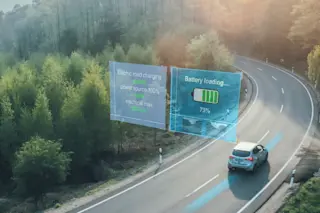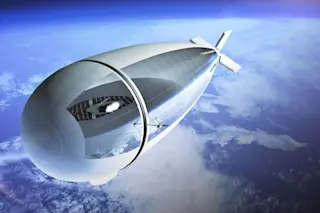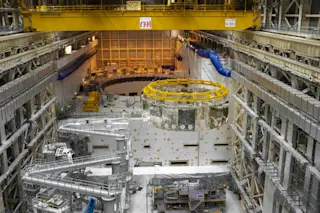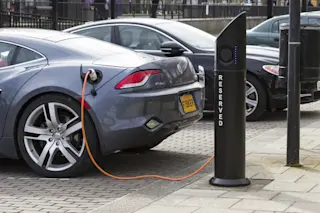Solar and wind power are excellent renewable sources, but they have one big problem: They’re not always available. The wind doesn’t always blow; the sun doesn’t always shine. To keep the power flowing whenever we need it requires batteries, but batteries are expensive and don’t last long. They’re also a waste problem and a hazardous one at that.
Fortunately, researchers at MIT have come up with a solution. In a paper published this June, they detailed how they combined cement, water and a form of charcoal called carbon black — the same stuff used to write the Dead Sea Scrolls — to create a concrete that acts as a supercapacitor, an alternative to a battery for storing energy.
Basically, it’s an electrified concrete that can not only form the foundation of a building but also store energy simultaneously.
Eventually, the researchers hope this material could be integrated into houses and ...















